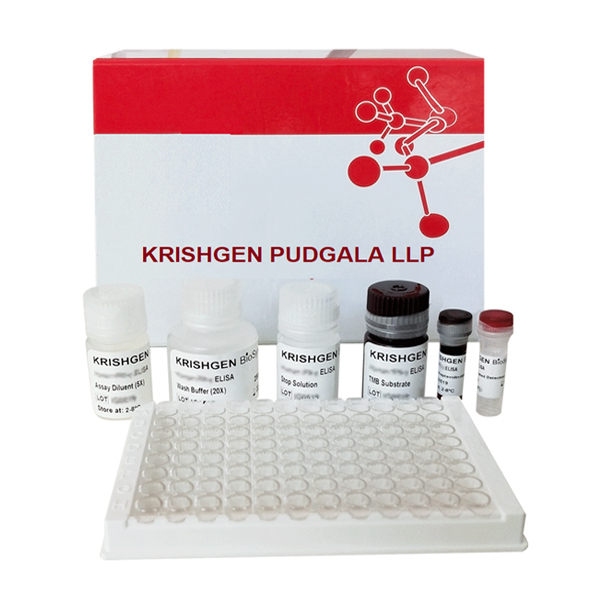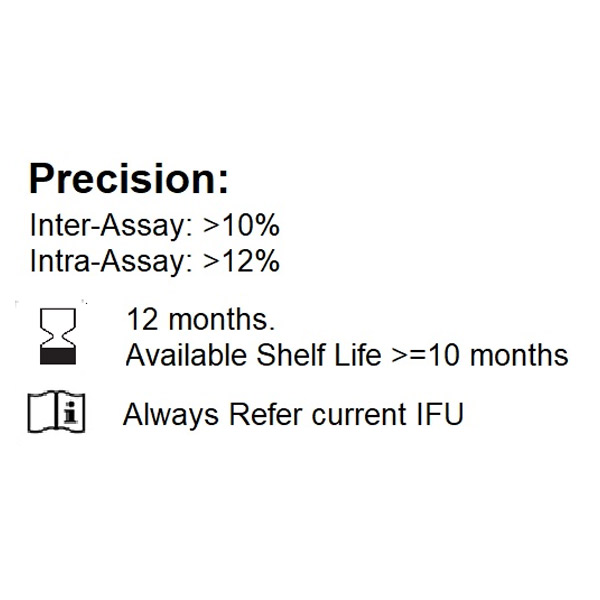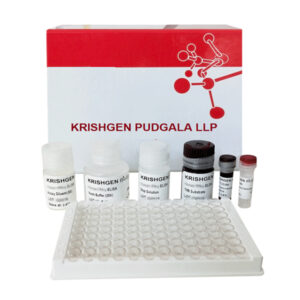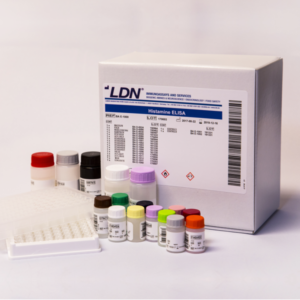Introduction:
Dengue is an acute febrile illness. The term dengue fever came into general use after 1828. The disease is
transmitted by a bite of specific female Aedes mosquito. Dengue viruses (DV) belong to family Flaviviridae and
consist of four antigenically distinct serotypes of the virus referred to as DV-1, DV-2, DV-3 and DV-4. DV is a
positive-stranded encapsulated RNA virus and comprises of three structural protein genes (capsid, membrane,
envelop) and seven non-structural (NS) proteins. All four serotypes can cause the full spectrum of disease from
a subclinical infection to a mild self-limiting disease, the dengue fever (DF) and a severe disease that may be
fatal, the dengue haemorrhagic fever/dengue shock syndrome (DHF/DSS). Primary infection with dengue virus
is characterized by elevation in specific IgM antibody levels 3 to 5 days after the onset of symptoms; this
generally persists for 30 to 60 days, IgG levels also become elevated after 10 to 14 days and remain
detectable for life. During secondary infection, IgM levels generally rise more slowly and reach lower levels
than in primary infection, while IgG levels rise rapidly from 1 to 2 days after the onset of symptoms and can
result into DHF/DSS.The major clinical symptoms can include high fever, hemorrhagic events, and circulatory
failure, and the fatality rate can be as high as 40%. The presence of joints and muscle pain gives it an
alternative name as ?break bone fever.
| Pack Size | ELISA 96 wells |
|---|




